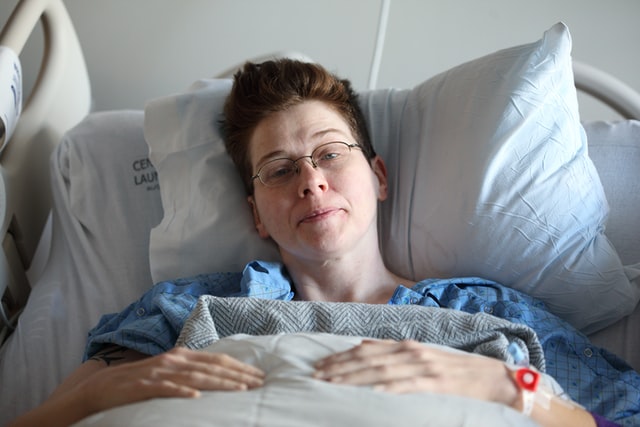Of the three primary skin cancers, melanoma is the most malignant and resistant to treatment. Due to its dynamic development and the frequency of metastases, the therapy is extremely complicated and requires the participation of multidisciplinary specialists. The effectiveness of treating the disease is closely related to timely diagnosis. Can stage 3 melanoma be cured?
Risk factors
Risk factors are all circumstances that may or may not lead to cancer. The most important are:
- Excessive exposure to UV radiation, both the sun and artificial tanning, i.e. solariums; UVA and UVB radiation can be equally harmful, although the latter is more important.
- Cumulative sun exposure (also in childhood) with severe sunburn of the skin is closely related to an increased risk of developing melanoma.
- Light skin phenotype (white race, red or blond hair, high propensity for sunburn gives a certain predisposition to melanoma).
- Age and gender (the risk of developing the disease is greater for women and increases with age).
- A history of skin melanoma (about 5-10% of people previously suffering from melanoma can be expected to get sick again).
- A positive family history, i.e. the presence of melanoma in closely related individuals, increases the risk of melanoma.
- Multiple birthmarks (for people with a minimum of five birthmarks larger than 6 mm, the risk of getting sick is higher than for people without birthmarks).
- Atypical mole syndrome (minimum 50 moles with a diameter over 2 mm – a rare condition inherited in a complex manner).
- Presence of birthmarks (they occur in approximately 1% of the population).
- Immunosuppression, i.e. deliberate inhibition of the immune system activity in patients, e.g. after organ transplantation. The risk of melanoma increases in people receiving continuous immunosuppressive therapy.
- Genetic background (responsible for about 3% of cases).

Stages of melanoma
Based on the factors determining the skin change, the occurrence of lymph node metastases, the occurrence of metastases to distant organs and the mitotic index, i.e. the indicator determining the number of cells undergoing mutation, the stage of melanoma is determined. Grade 0 means the form of melanoma not exceeding the epidermis, without infiltrates. Grade 1 is the stage of melanoma without lymph node involvement, without metastasis, the tumor does not exceed 1 mm in thickness, if it is ulcerated. Without ulceration, it does not exceed 2 mm. Grade 2 is melanoma only locally but lesions on the skin exceed 2 mm to 4 mm with ulceration. Grade 3 is melanoma with regional lymph node metastasis. There may be both micrometastases, as well as entire nodes are involved. In 70% of patients, metastatic changes in lymph nodes precede dissemination to distant organs. Grade 4 is the most advanced stage of melanoma. There are metastases to distant organs.
Treatment of melanoma in individual stages.
The basis of melanoma therapy is surgery. Total excision of the primary focus. Changes are removed with an adequate margin of healthy tissue. When the presence of metastases in lymph nodes is confirmed, radical nodal resection is performed – lymphadenectomy. Starting from the third stage of the disease, its course is very complicated. Melanoma progression can be very rapid with rapid metastases to lymph nodes and other organs. At this stage, systemic treatment is introduced. Such complex therapy requires a comprehensive, combined and multi-specialist approach, as well as the availability of all treatments in one place.












